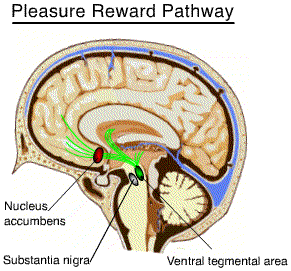Overall, anxiety is only one of the factors that contribute to relapse.
Although it’s only one of the factors, aiming to ease this emotion in the
withdrawal syndrome could make it easier for a drug addict to take control of
his or her life once again. Even though the Nucleus Accumbens is an important
area of the brain for survival, the reinforcing and rewarding effects of
addictive drug intake and the anxiety produced by drug withdrawal, contribute
to the addiction cycle, making it really hard to quit drugs. Further research
in the action of the Nucleus Accumbens and anxiety in relapse could lead to
better treatment designs for the rehabilitation of drug addicts.
Because drug addiction is a disease based on neuro-adaptive changes, we
should remember, first of all, to only use prescribed drugs as described
by doctors. It may seem as a cliché, but understand that, to their best extent,
doctors are professionally trained to understand how your physiological and
psychological composition can best match the kind of drug you need, and how and
when you should take it. Secondly, if your suffering from drug dependence, and
are currently seeking to quit, go to a doctor or special organizations, such
as Hogar Crea and Assmca for assistance.


